Measey Lab Alumni
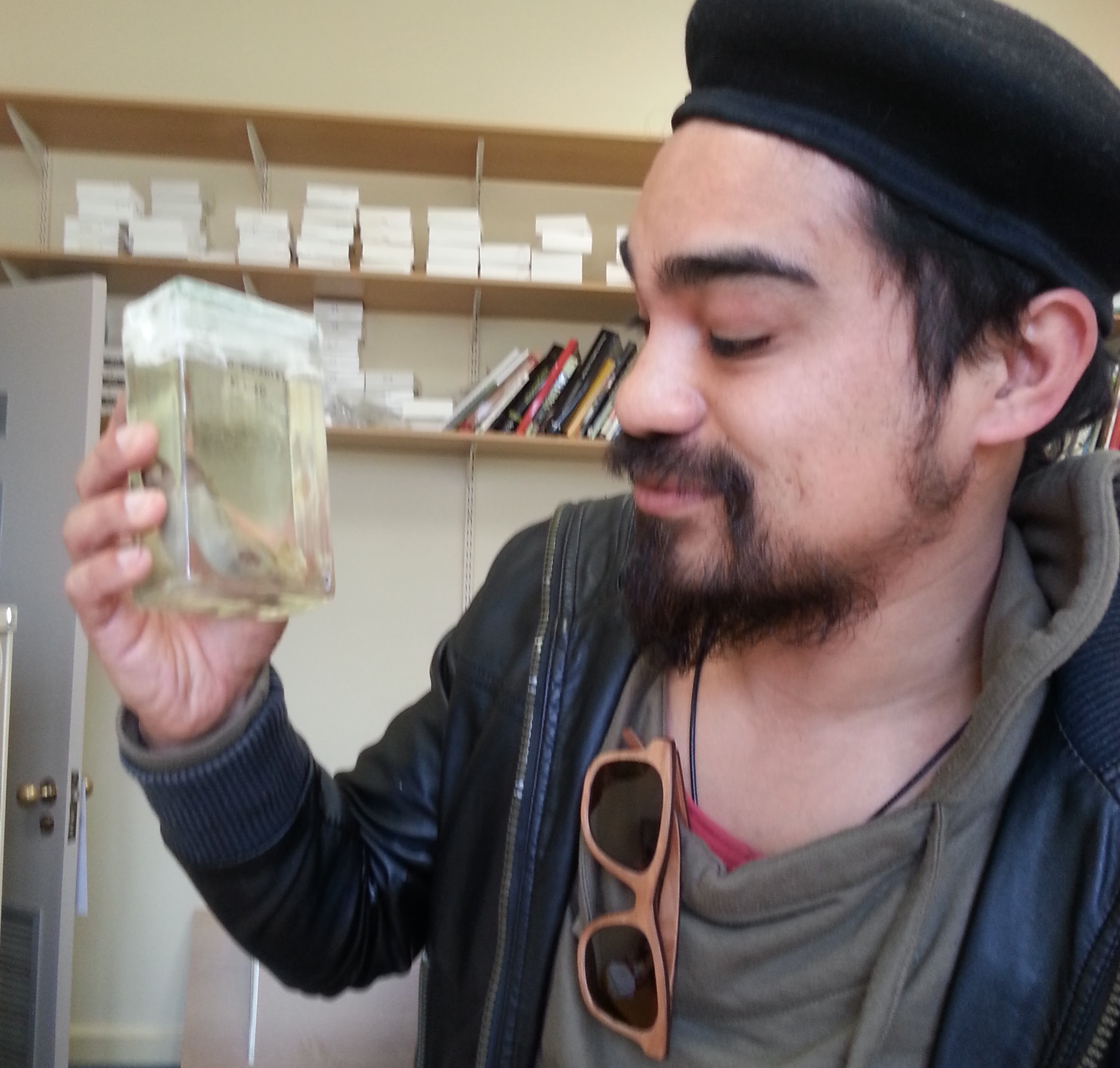
Zishan Ebrahim
Amphibian conservation in an urban park: A spatial approach to quantifying threats to Anura on the Cape peninsula.
Graduated in December 2017
Stellenbosch University

Erin Jooste
I completed my BSc degree in Biodiversity and Conservation Biology in 2015 from the University of the Western Cape. I have a wide range of interests including animal behaviour and conservation. I applied for the NRF internship in 2016 because I wanted to learn more skills, as well as gain some work experience in the MeaseyLab.
NRF intern
Left in January 2017
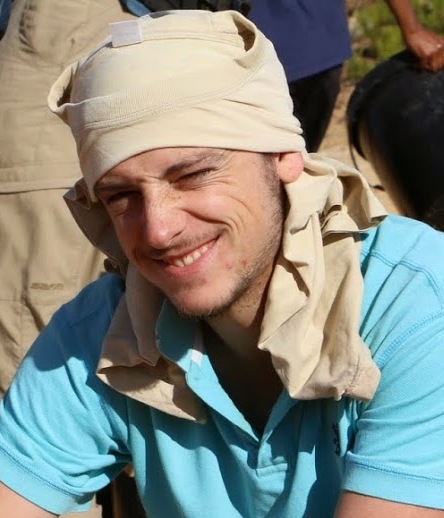
Alex Rebelo
Performance, morphology, dispersal and habitat-type of the southern African Pyxicephalidae
For my MSc I studied the Pyxicephalidae, the frog family that has undergone the largest frog radiation in South Africa and accounts for nearly half of the region’s frog species. This group exhibits high morphological diversity, extreme variation in area of range and different habitat preferences. This provides the opportunity to study the correlations of morphology and locomotory performance with the extent of geographic range and habitat-type. The first aim of my study is to uncover the common morphological and performance traits of pyxicephalid frogs that are correlated with extralimital range expansion, habitat specificity and geographic range. The second aim of my study is to determine whether ecologically relevant morphology and locomotory performance are the result of adaptation to novel habitats, or dispersal and conservatism within lineages of the pyxicephalid frogs. This study will determine whether morphology and dispersal, in combination with habitat, plays a major role in the extra-limital expansion or reserved distribution of some pyxicephalid frogs. In addition, the morphological and performance traits could indicate what ecological function these traits benefit. Finally, this study hopes to shed light on the evolutionary history of this family and recognise their potential to adapt with further habitat and climatic change imminent.
Graduated with distinction in March 2017
Stellenbosch University

Corey Thorp
Xenopus laevis: Its invasive impact on other Xenopus species
For my MSc I will be looking at the functional response (relationship between resource consumption and resource availability) between the African clawed frog (Xenopus laevis) and three Xenopus species found in southern Africa. The African clawed frog is an invasive species and has spread extensively across southern Africa, often as a result of their ability to exploit artificial water bodies. Another possible suggestion as to why they have been so successful in invading is due to their ability to utilize available resources. This may have a significant negative impact on local Xenopus populations, especially on the Cape platanna (X. gilli) which is considered endangered by the IUCN . I will also be looking at the role of cannibalism in Xenopus ecology, specifically looking at X. gilli and X. laevis. By identifying the predator-prey relationships of each Xenopus species, I will be able to provide insight into the ecological impact that each species has in their habitat as well as determine the invasive potential of X. laevis.
Graduated in March 2017
Stellenbosch University
James Vonesh & Mhairi Alexander
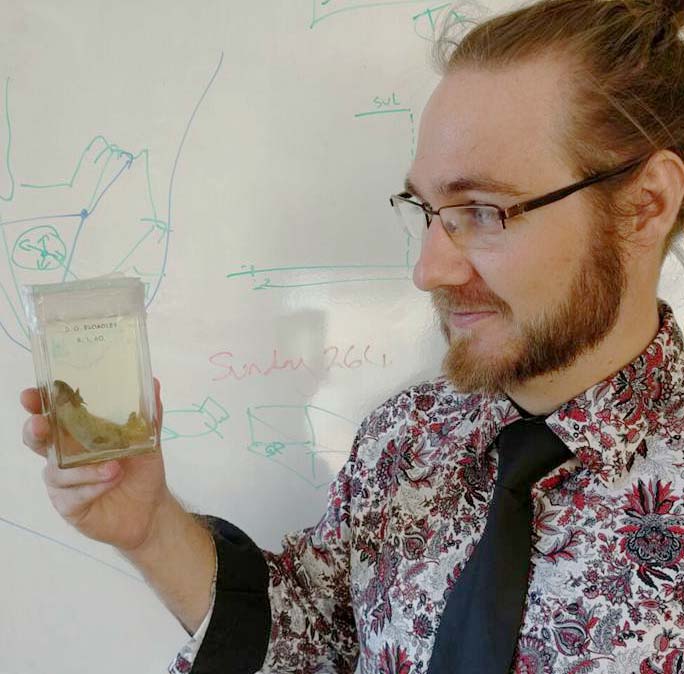
Hendré van Rensburg
Should I stay or should I go? Personality syndromes of migrating African clawed frogs.
I received my science degree in Biodiversity and Ecology last year from the University of Stellenbosch. During my final year of Undergraduate study I assisted John in his lab. I then decided to do my Honours this year with him where I am investigating behavioural syndromes or “personalities” of the African clawed frog Xenopus laevis; differentiating them into groups based on movement and exploration of a novel environment. I then plan on looking for correlations between what I find in the lab and movement data we have from these frogs from an on-going capture-mark-recapture project to untangle the ecological implications such personality variation might have.
Graduated in March 2017
Stellenbosch University

Debbie Fogell
Mind the Gap: Investigating the current cause of the range disjunction of the common platanna
Xenopus gilli, the Endangered Cape platanna, has one of the most limited distributions of the known Xenopus species and is confined to acid blackwater pools within the Western Cape, South Africa. Xenopus gilli is one of the many organisms in the Western Cape with a disjunct distribution on either side of False Bay. The aim of this study was to investigate the timing and presumed cause of this disjusntion through morphometric and mtDNA analysis.
Year completed: 2011
University of Cape Town
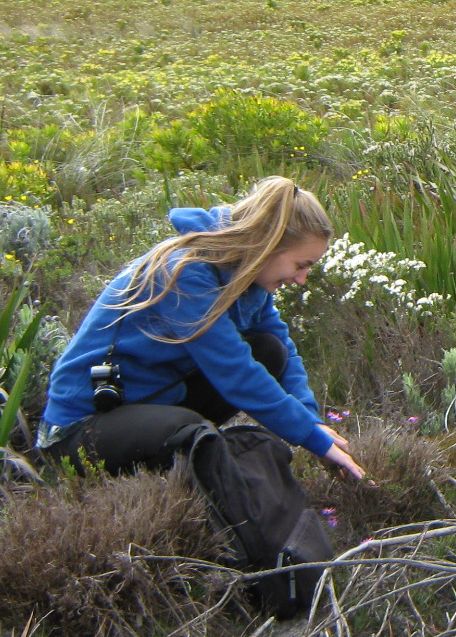
Emily Cressey
The conservation genetics of a newly recognised Cape Peninsula ndemic: Rose's Mountain Toad (Capensibufo rosei)
Declines and losses of amphibian populations are a global problem involving a complexity of interacting causes and amphibians in Africa are among those predicted to be hit the hardest by anthropogenic global change. Capensibufo rosei, Rose's Mountain Toad, is a range restricted species that survives in a few small, isolated montane populations in the extreme south-western Cape of South Africa. A recent study revealed that C. rosei comprises several cryptic species, but it was uncertain as to whether the lineage on the mountainous Cape Peninsula is endemic. This project aimed to test the hypothesis that toads from the Peninsula are form a single genetic lineage, but are distinct at a population level due to limited dispersal abilities and little if any gene flow.
Year completed: 2011
Completed at: Percy FitzPatrick Institute of African Ornithology
Co-supervisors: Krystal Tolley (SANBI) and Peter Ryan (Percy FitzPatric Institute)
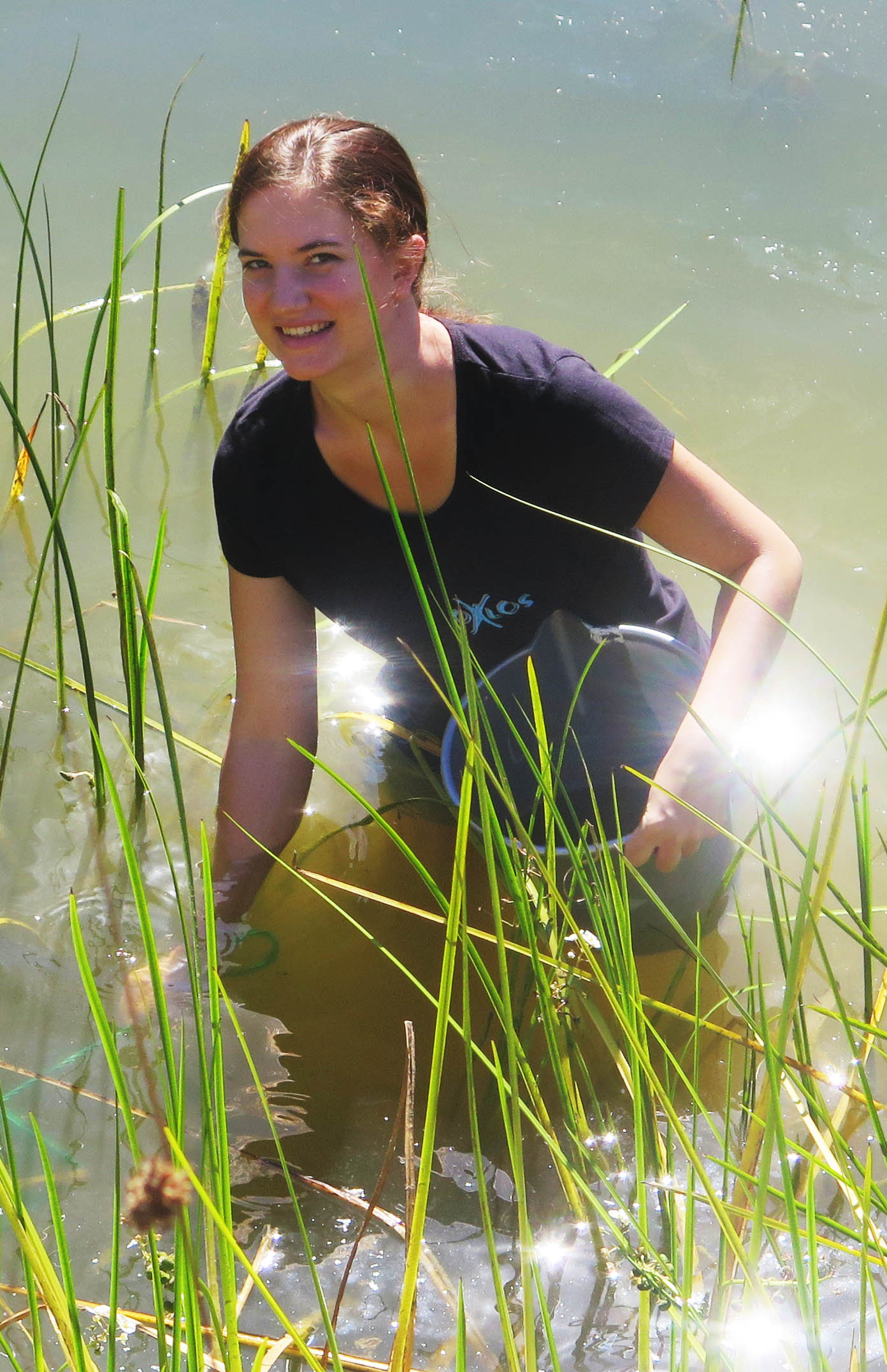
Annie Basson
I will survive! The effects of different predators on survival of early stages of African clawed frog
My study looks at the effects of different predators on three early life stages of Xenopus laevis. The three predators used are adult X. laevis, freshwater crabs and odonate larvae. These are all found in the same environment as the frogs, but have different expected effects on the survival rates of the life-history stages. The stages used are eggs, newly hatched larvae and tadpoles. X. laevis is an important invasive species, thus understanding its predator-prey relationships is important.
Graduated in March 2017
Co-supervised by James Vonesh
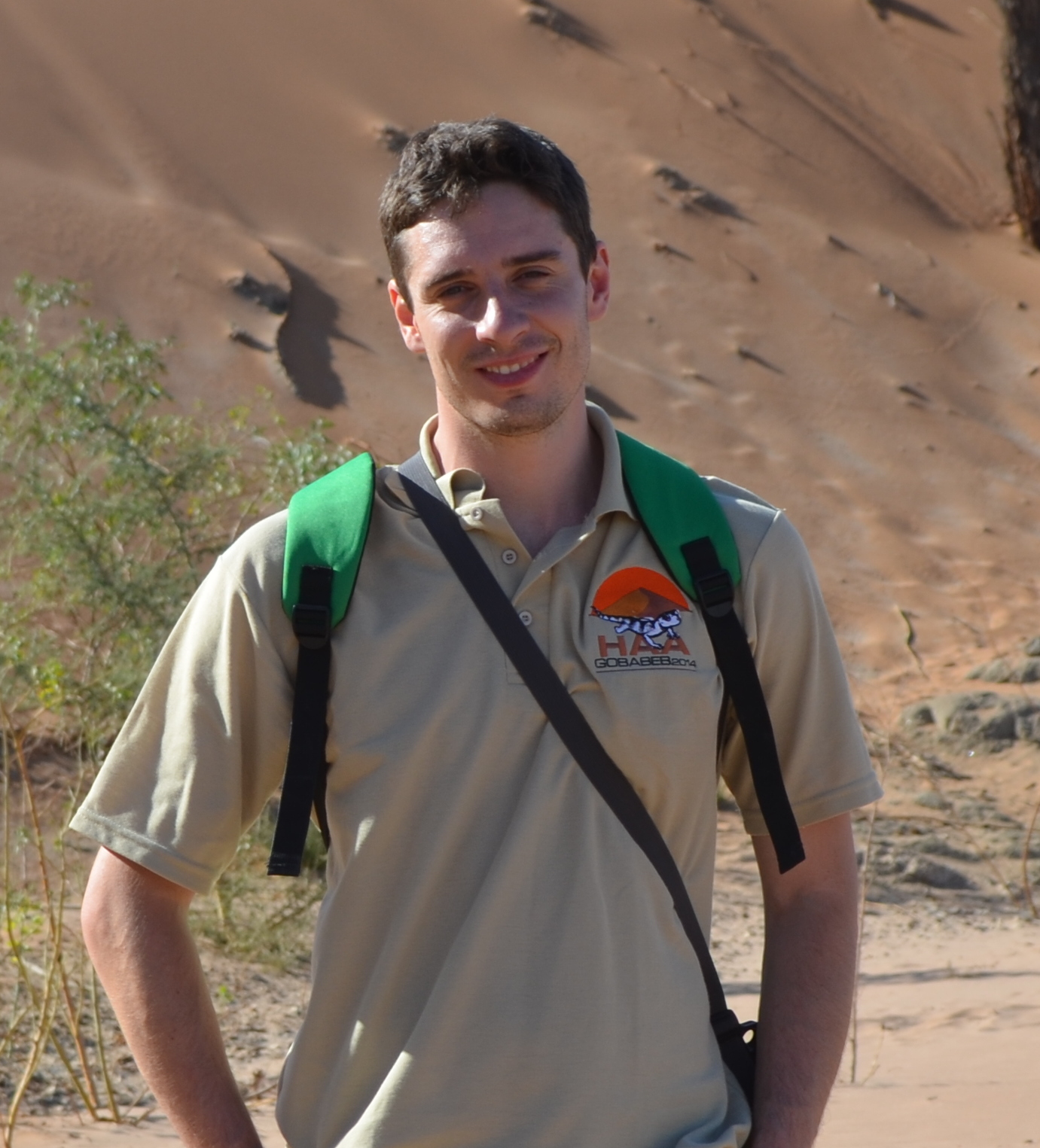
Giovanni Vimercati
Investigation of the guttural toad invasion in Cape Town through a multidisciplinary approach
Biological invasion of the guttural toad, a species accidentally introduced into Constantia (a suburb of the City of Cape Town) from another part of South Africa, probably as eggs or tadpoles with a consignment of aquatic plants (De Villiers 2006). The first alien record occurred in 2000 and the City of Cape Town started a control program in 2010 to limit its ongoing expansion. The invasion raises concern especially because is taking place within the range of the IUCN Endangered endemic western leopard toad Amietophrynus pantherinus.
Graduated in March 2017
Stellenbosch University
co-supervised by: Dr. Sarah Davies

André de Villiers
Performance, dispersal and demographics of Xenopus in the Cape
For my MSc I worked with two Xenopus species found in the South African Cape; the abundant (and invasive) Xenopus laevis (common platanna) and the IUCN Endangered X. gilli (cape platanna). Xenopus laevis is currently invading the native habitat of X. gilli at an alarming rate. My study aimed to compare the performance, as well as the distribution capabilities of both Xenopus gilli and X. laevis. The second aim of my study was to determine the population demographics for the two X. gilli populations. I also determined the demographics of X. laevis which are invading one of the X. gilli populations. This information will give some insight into the invasion capabilities of X. laevis and it will also help with the conservation efforts of X. gilli.
Graudated in March 2016
Stellenbosch University
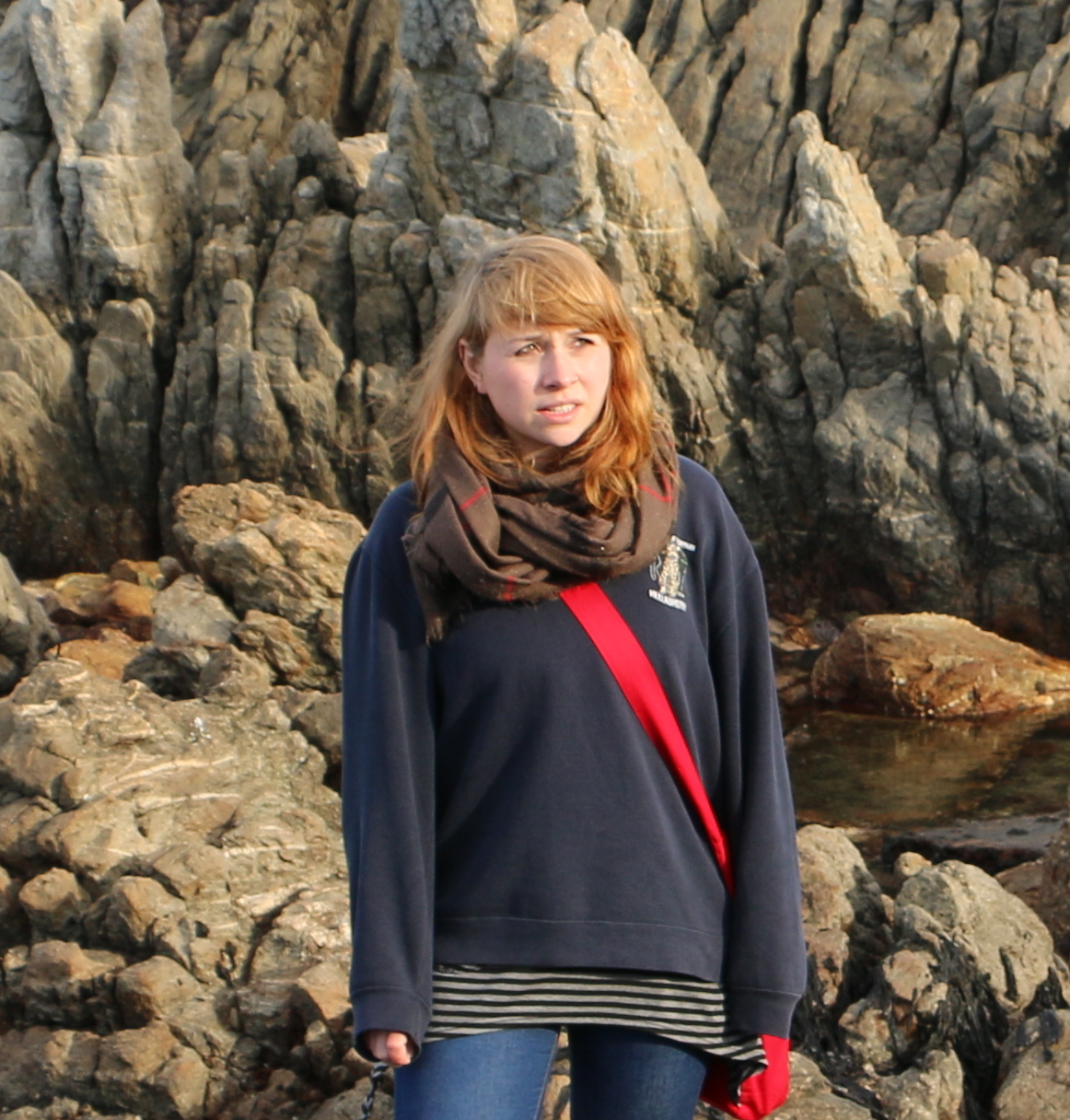
Solveig Vogt
Niche differentiation and feeding ecology of two sympatric species of Xenopus (Anura: Pipidae) from the Western Cape Province of South Africa
The endangered, endemic Cape Platanna (Xenopus gilli) and the invasive African-clawed Frog (Xenopus laevis) sympatrically inhabit a variety of freshwater habitats across the Western Cape Province in South Africa. In order to quantify the invasive species’ impact on sympatric populations of X. gilli, an assessment of the dietary requirements, patterns of interspecific competition and niche differentiation was conducted.
Graduated 2015
CIB & Zoologisches Forschungsmuseum Alexander Koenig
With Dennis Rodder
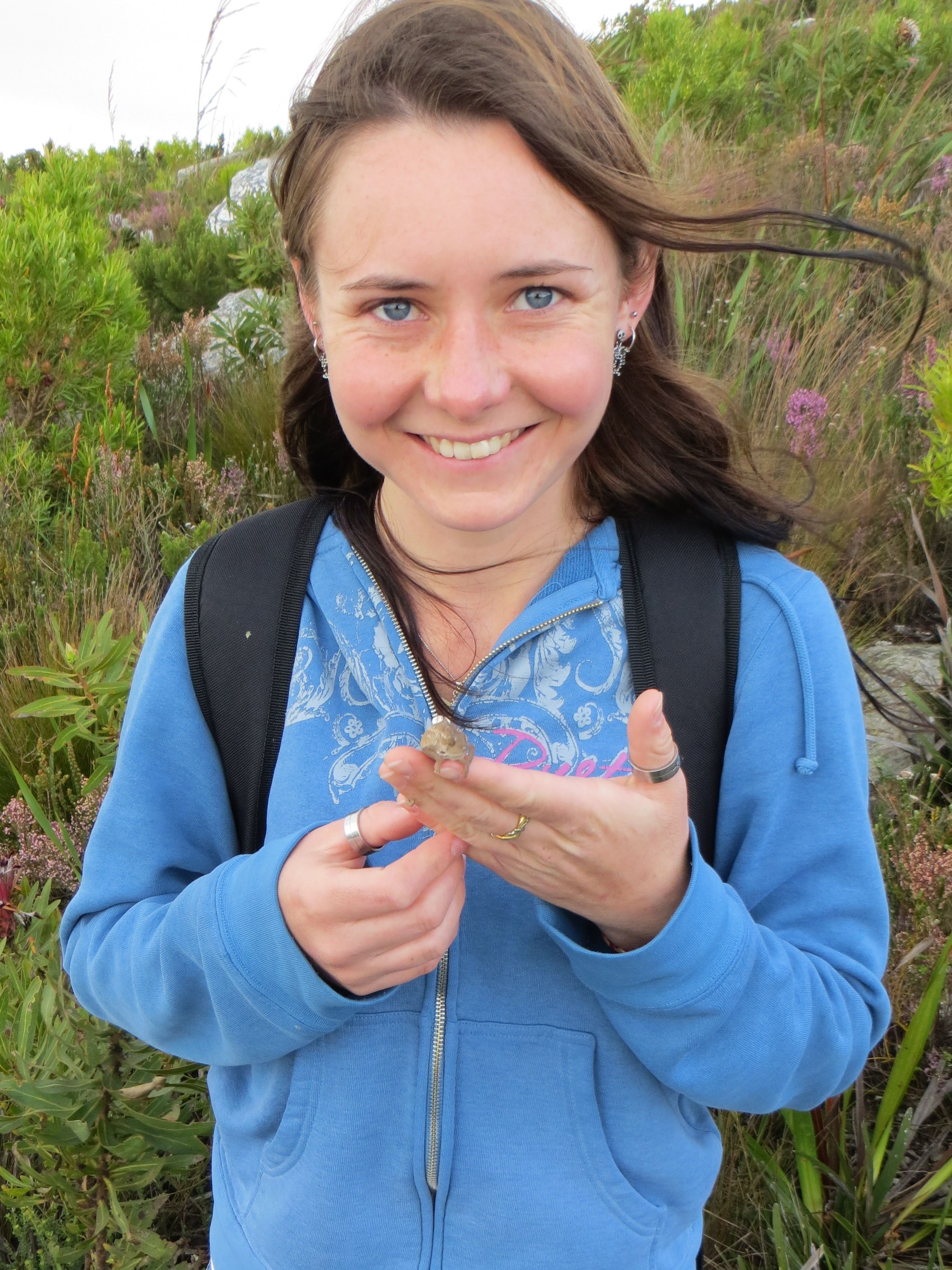
Liza Carne
Chameleons on the Cruise: Seasonal differences in prey choice of two dwarf chameleon species (Chameleondae: Bradypodion)
Only chameleons are classified as cruise foragers (an intermediate foraging mode between sit-and-wait and active foraging) but it is not known whether cruise foraging changes seasonally. Seasonal changes were investigated by sampling stomach contents and available prey from two dwarf chameleon species: Bradypodion ventrale (thicket habitat; low altitude) and B. taeniabronchum (fynbos habitat; high altitude) during winter and summer.
Graduated in 2013 Liza was also in a DST-NRF Internship Position in 2013
Completed at: Nelson Mandela Metropolitan University
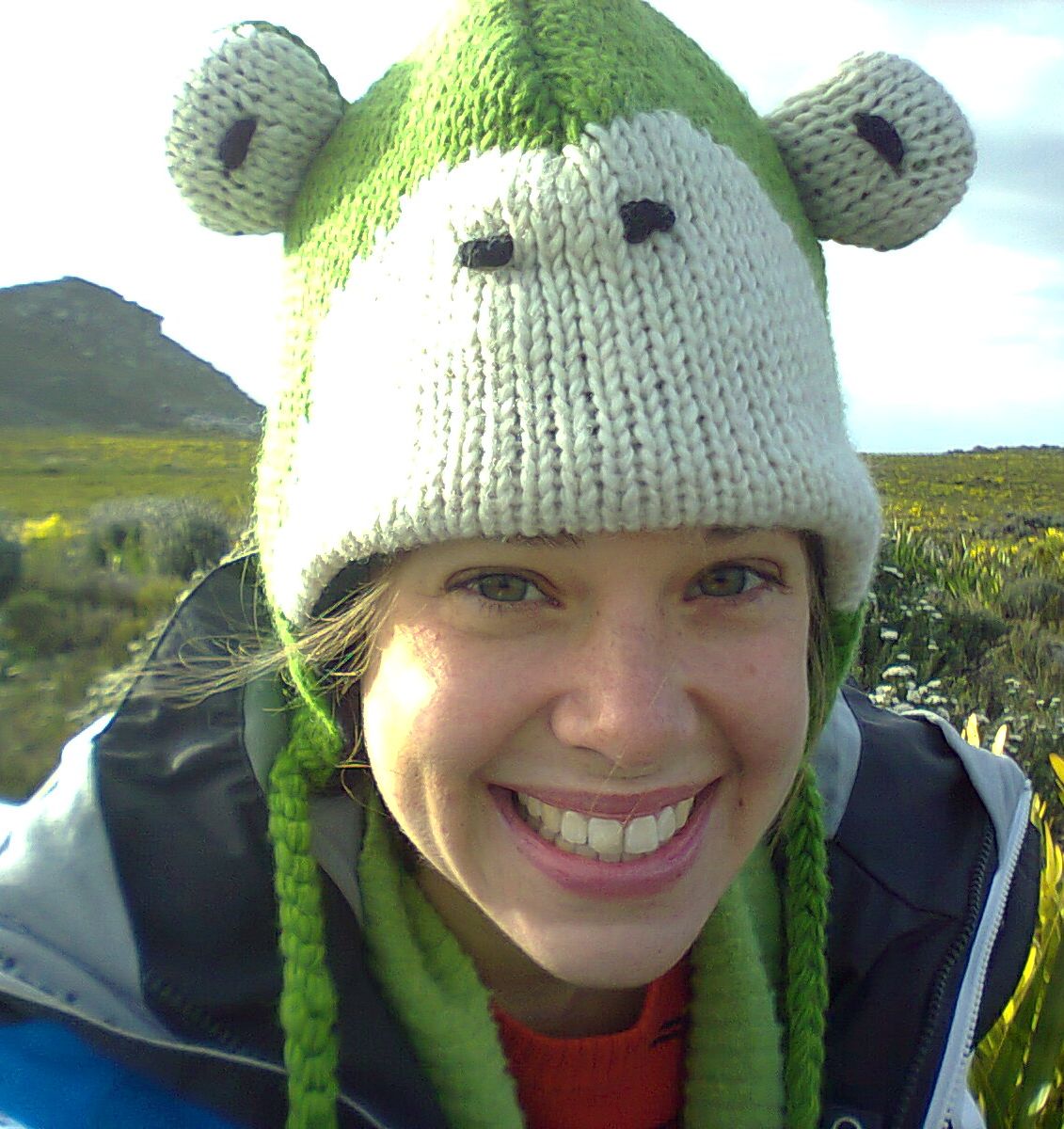
Tanya Scott
Monitoring frog density through calls on Table Mountain
Traditional methods of monitoring frog populations involve estimating the numbers of calling males or marking and recapturing individuals. This project builds on an exciting new method which combines both techniques using an array of six microphones. The aim is to determine the changes in call density of a focal population of Arthroleptella lightfooti on Table Mountain. Our new method represents a way to monitor these and other frogs without the need to disturb them or their habitat. Call data were used to produce density interpolations of calling males, to determine the variation in seasonal call data and would provide insight into the calling ecology of this species.
Graduated in 2013
Completed at: University of Cape Town
Co-supervisors: Res Altwegg (SANBI-UCT)
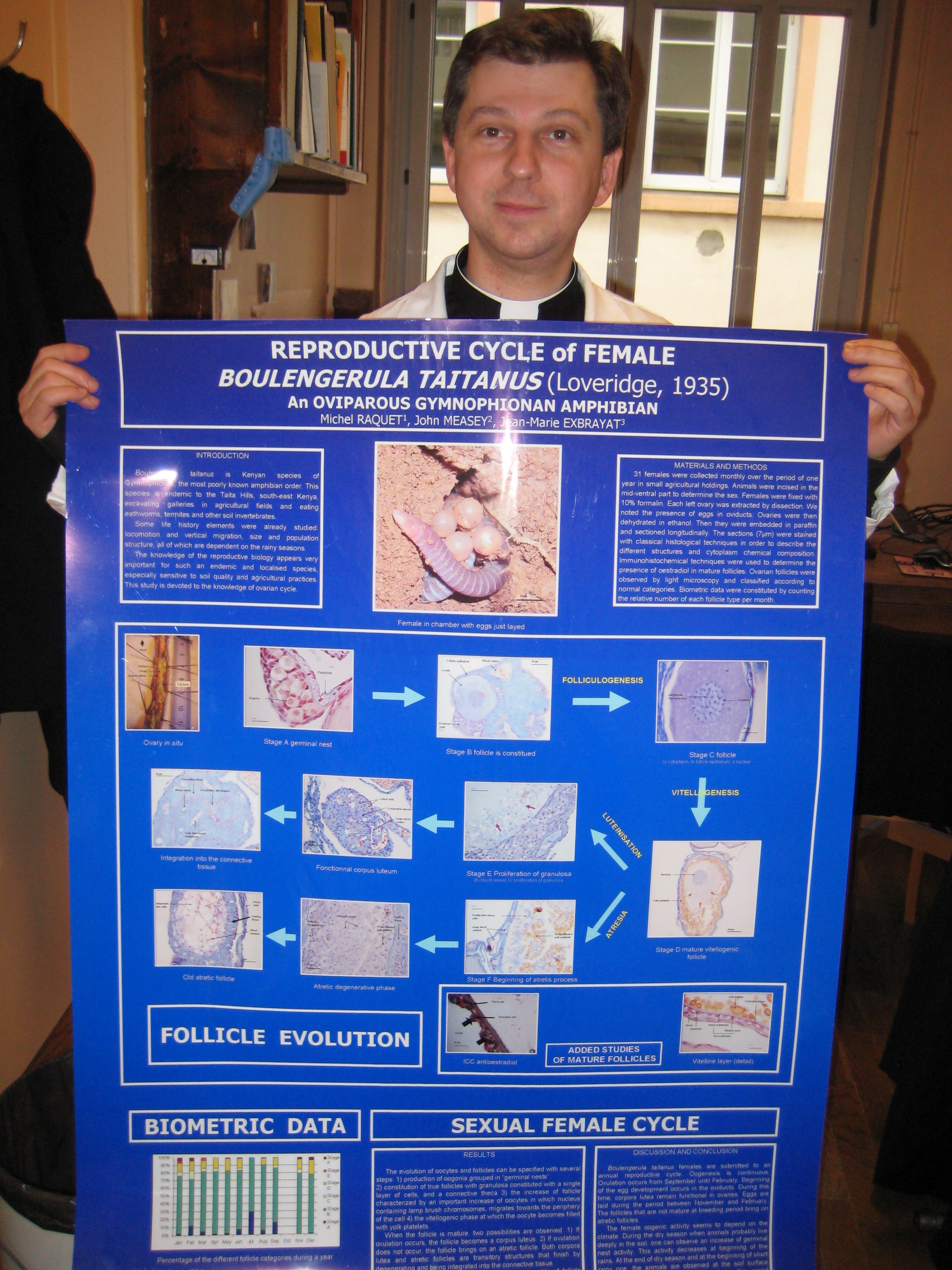
Michel Raquet
Seasonal and hormonal regulation of the female genital tract in oviparous and viviparous amphibians
Gymnophiona are elongated and burrowing amphibians living in tropical countries. Their reproductive biology is still poorly known and only a few species have been studied. Boulengerule taitanus lives in the cold forests of the Taita Hills, Kenya. This area undergoes two rainy seasons, a long season (March to May) and a shorter season (November to December) during which eggs and juveniles have been observed. In this work, the reproductive cycle of females is described for the first time.
Years: from 2009 to 2014
Universite Catholique de Lyon
Principle Supervisor: Jean-Marie Exbrayat